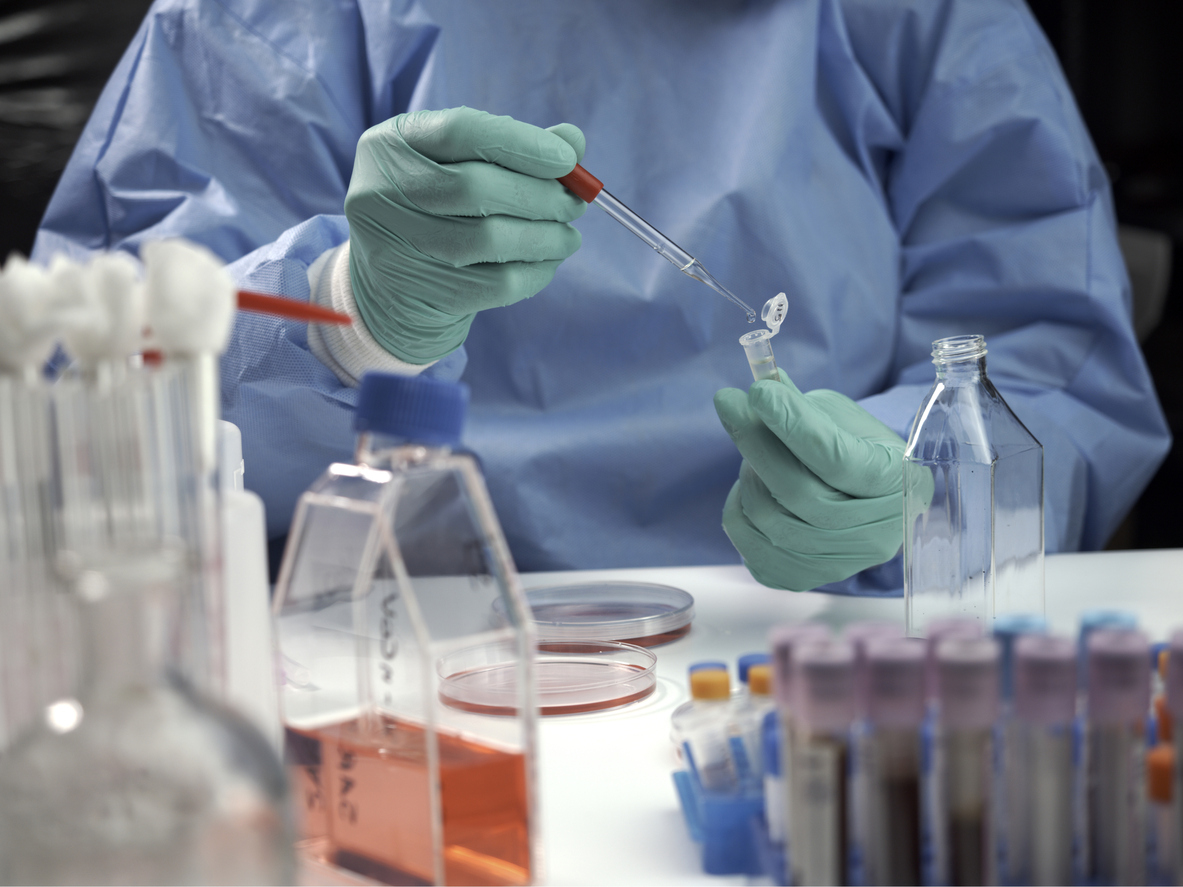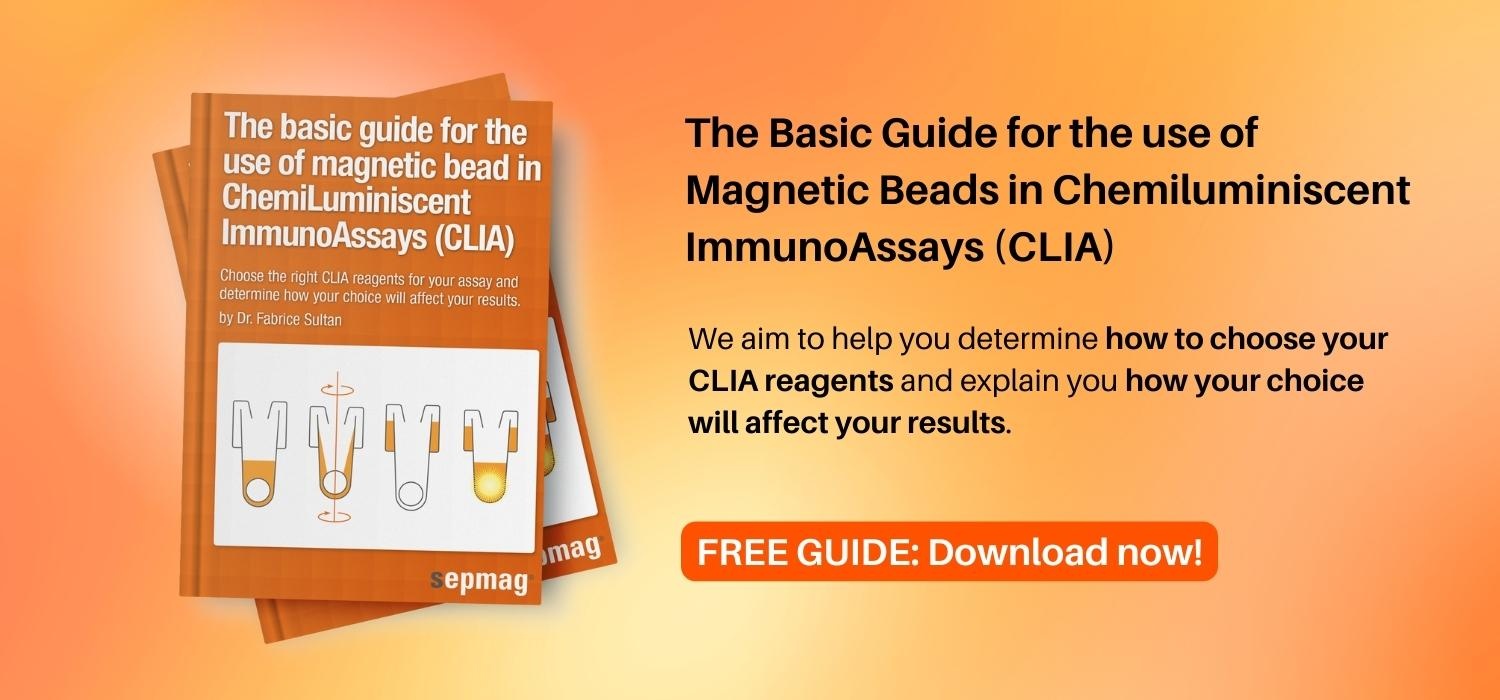Introduction to virology and virology tests
Virologists are scientists that study viruses, which are found in astounding numbers on earth (1031!). Viruses survive only in the cells of organisms they infect, making them a parasite. Whether or not they are “living things” is a philosophical argument for a different article. One of the major reasons for studying viruses is to understand the diseases they cause in humans. Virology research has led to the development of many virology tests. It is important to diagnose as well as monitor the progression of disease of certain viruses. This means that virology tests need to be available in clinics as well as in point-of-care form to test people in areas with fewer medical resources or infrastructure. Proper diagnosis can ensure that the spread of virus can be contained and treatment can be given to those in need. A current example of a crucial virology test is SARS-CoV-2 virology tests that detect the presence of viral nucleic acid or antibodies from human samples.
Types of Virology Tests
The main types of virology tests developed for SARS-CoV-2 reflect the common virology tests used for other types of viruses. There is PCR, absorbent immunoassays, lateral-flow test, or microarrays. The samples used for these tests vary from nasal swab, saliva, stool, or blood.
The first step of nucleic acid detection techniques is the separation of RNA from the whole sample. Most kits come with magnetic beads to obtain the highest yield from this step. There may not be much RNA when patients are first getting diagnosed, so the separation technique is vital for getting an accurate reading from the test. You can read more about RNA separation in this article.
Viral nucleic acid separation virology test
PCR (polymerase chain reaction) and RT-PCR (reverse-transcriptase-PCR) are commonly used to detect virtual nucleic acids from samples. Kits are available that contain the magnetic beads and buffers for RNA isolation. The kits also contain primers for the PCR reaction which will amplify the amount of RNA so that there is enough to be detected. A requirement of this technique is the presence of a PCR machine in the laboratory or clinic doing the testing.
Antibody virology test
Absorbent immunoassays have been the primary method for detecting antibodies from blood samples. Parts of a virus (likely surface protein) are placed in wells on special plates. Blood or plasma samples are allowed to incubate with viral proteins in the well. Secondary antibodies and some colorimetric or fluorescent detection system is used to detect the presence of antibodies. Usually IgM antibody subtype can be an indication of the early stages of infection, then IgG appears later.
In addition to these classic and widely used methods, there have been many innovations in antibody and nucleic acid detection technologies in response to the SARS-CoV-2 pandemic. One example in the magnetic bead CLIA test. A magnetic bead is pre-conjugated to recombinantly expressed viral protein. The bead is then incubated with a sample so antibodies in the sample can bind to the protein on the surface of the bead. You can read more about protein isolation in this article.
Final thoughts on Virology Tests
Virology tests are important to maintaining human health. We need to monitor disease progress to control the spread of viruses and give treatment at the right time. The number of virology test types is growing tremendously, which will greatly aid global health efforts of scientists and clinics. Some important considerations for these tests is ensuring the quality of samples used in tests that look for nucleic acid, and maintaining simplicity in antibody tests. Magnetic beads are able to provide this. Modern magnetic separators ensure fast and consistently safe separation of magnetic beads in solution and the separation can be tracked on the computer. Many of these virology tests will need to have the simplicity and quality to pass government standards.





